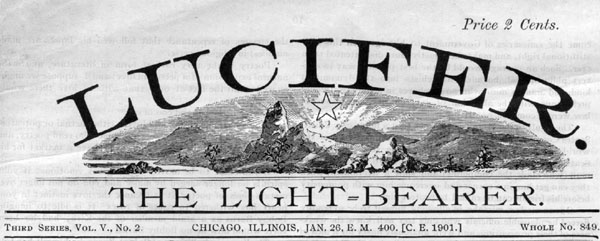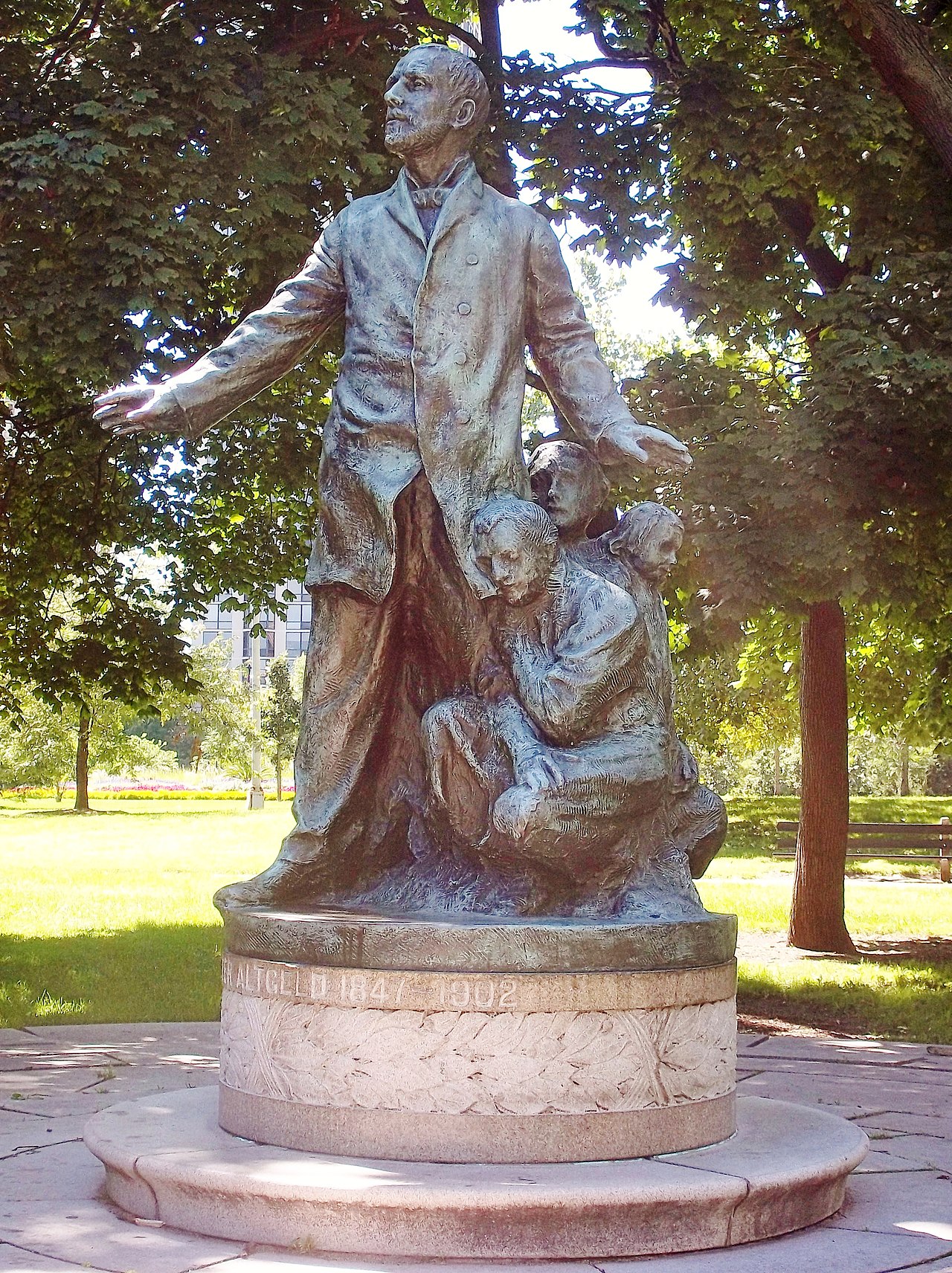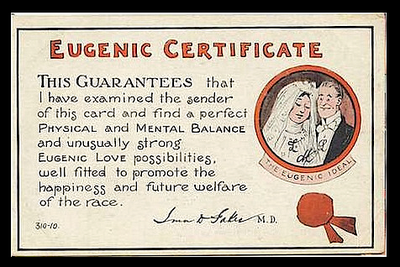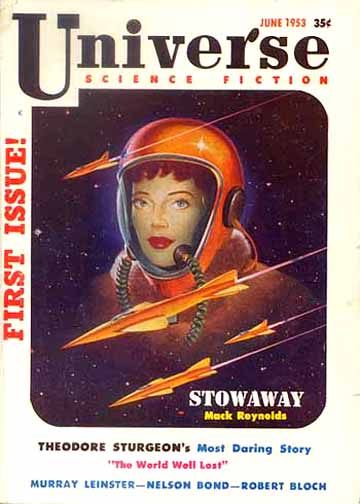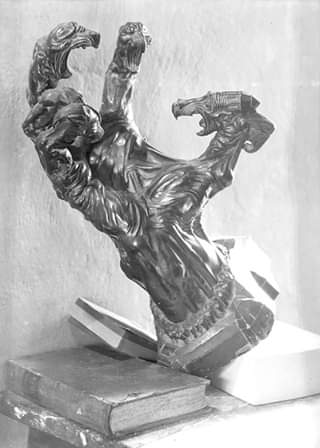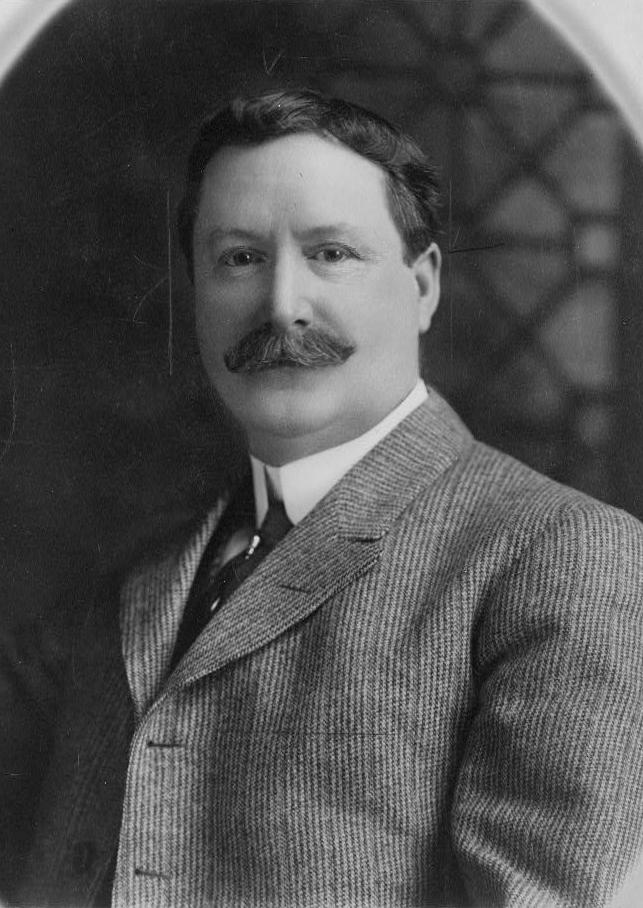
-Josiah Warren in 1815
Setting out to further refine his theories in real world conditions, he would set out eastward from Cincinnati, creating a model community on Long Island in 1847 he called Modern Times, even today considered the heart of the Rational Anarchist movement.** Operating entirely on a labor exchange to buy and sell goods, Modern Times had no city government, local laws or police force. And here we hit the butterflies. The First War of the Conflagration*** had led to a large influx of European immigrants to the east coast, some from England but the overwhelming majority from the German lands. As with all massive influxes of "different" people this naturally led to a sharp increase in hate crimes and mob violence in the first decades of nineteenth century, almost all of it aimed at the German immigrants.
Though many moved further west to the Great Lakes region as a result a steady influx of immigrants that would settle into Modern Times left a distinct stamp on the city retained to this day, best seen at a glance in the German-English bilingual signage typically only seen further west. Warren was happy to have them, valuing their industriousness and even learning enough German to translate Max Stirner's Der Einzige und sein Eigentum into English a full fifty years before it was done in our history, another influence that would lay the foundation of the ideology that would later trace its roots to Warren and to Stirner. An ideology that would play a major role in the Great Upheaval to come. But that is for another day.
Though Modern Times was by any metric a success story, especially relative to the more numerous but far shorter lived Owenite and Fourierist planned communities that sprouted and withered throughout the period all was not well on Long Island, with some of the village's neighbors growing resentful of what they viewed as a lawless foreign enclave on their doorstep. Slowly but surely the Native American Party partisans of the area came to the conclusion that something had to be done about the village, and a group calling itself the Long Island Vigilance Committee would begin a campaign of targeted harassment that would escalate through the late 1850s, with Modern Times creating what amounted to a private security force in response.
This state of rising tensions would culminate in the Know-Nothing Riot of 1857, an actual event and part of a historical series of riots prompted by conflict between native born and immigrant groups. While the actual New York Know-Nothing Riot was largely limited to the city proper (and was actually the first scene of Gangs of New York), different circumstances saw violence spread to Modern Times, where Know-Nothings sparred in the town square with residents and attempted to burn down shops. And so we come to the Jersey Devil.
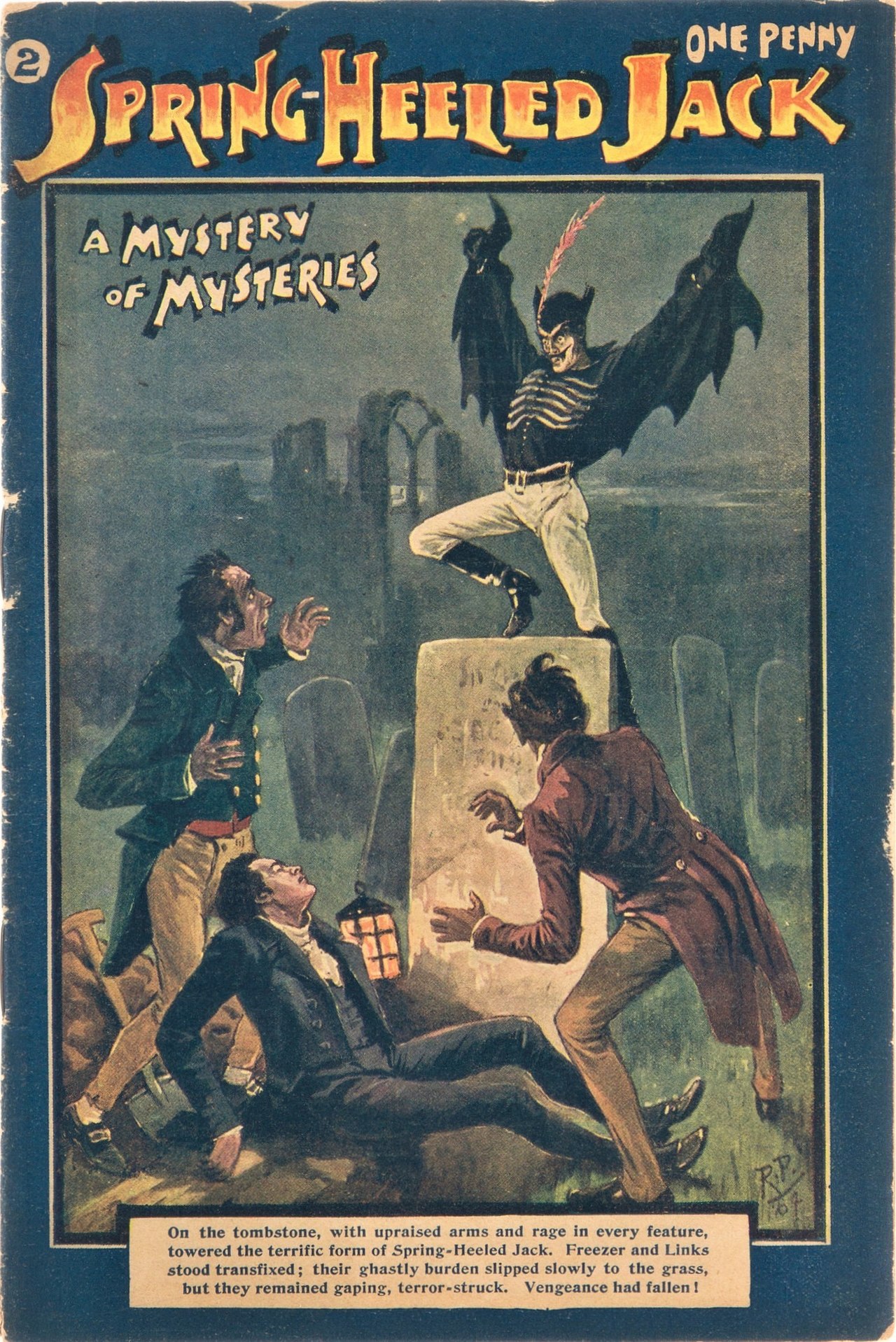
Although rumors of the Devil had persisted in the Pine Barrens and the broader New Jersey area for well over a decade and had in fact given the vigilante his name, the Modern Times riot would prove the first time where he was seen by credible witnesses in broad daylight as opposed to the badly beaten highwaymen and corrupt officials who were his usual victims. Leaping about like a man possessed, the Jersey Devil proved himself seemingly immune to the flames as he set upon the rioters. The sight of the Devil is widely seen to have turned the tide of the fighting, with the townsfolk of Modern Times rallying to drive out the arsonists even as the vigilante himself disappeared in the aftermath.
Wearing what was alternatively described as black wings or a cape or a long coat, modern analysts suggest this supposed immunity to fire may have been something as simple as a lining of asbestos in his clothing, with his spectacular leaps and frightening mask intended to disorient his victims and produce fearful exaggeration that would discredit their accounts. While the actual mechanism that enabled the jumps is uncertain, descriptions of unusual height and "hooves" suggests some form of boots equipped with spring stilts or leaf springs, though this explantation is slightly more credible at explaining away modern sightings given the technology available in the 1850s.
In the wake of the riot Modern Times had been saved and counter to expectations would not create a police force or city government, rather choosing to devote itself to the private security model funded by labor exchange. Changes in the broader New York area would center on more effective incarceration, with the New York metropolitan area coming to play host to several Panopticon prisons built on the British model that had previously proven effective in Massachusetts' own Arkham Penitentiary.
*This is all identical to his life in OTL. Warren called his theory "cost the limit of price", where only the amount of work used to create a thing and market it determined its value. Labor vouchers are a hypothetical replacement of money and the price system in socialist circles even today.
**In real life he spent some time in a Fourier community called Utopia in the interim but that's butterflied here. Modern Times really existed (founded in 1851), but in real life the experiment ended around the time of the Civil War and is now the town of Brentwood. Although a town without law the community reportedly had no crime of any kind during its brief existence.
***The Napoleonic Wars, to be discussed in detail in the super secret part 5.
Last edited:
